7 Icky Germs Living on Your Body Right Now (and Why They’re Not So Bad)
Also be sure to read Contrariwise: Dirt Is Good for You from the March/April 2017 issue of the Post.
At any given time, the human body is home to trillions of microbes. It might be unsettling to think you’re hosting scores of bacteria, flora, and even insects, but few actually do you harm. Here is a list of seven microbes with which you (usually) peacefully coexist.
-
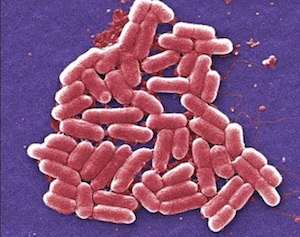
Escherichia coli, Public Health Image Library Esherichia coli, or E. coli, bacteria add to the amazingly diverse microbiome of your intestinal tract. There are many types of E. coli, and only a handful will make you sick. Proper food handling will ensure that only the necessary E. coli reside in your gut.
-
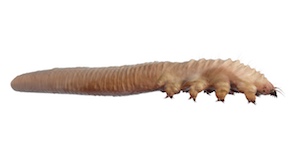
Demodex mite, Shutterstock Demodex mites live in your glands and hair follicles. Infestation of these parasites is common among adults, but – apart from a correlation with rosacea – there aren’t any harmful symptoms. You probably don’t even notice them making a home out of your eyelashes.
-
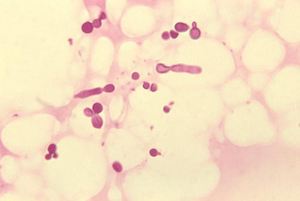
Malassezia furfur, CDC Malassezia furfur lives on your torso and consumes fat and oils secreted from your skin. This yeast typically doesn’t cause any problems, but in larger numbers it can cause skin discoloration, itchiness, and dandruff.
-
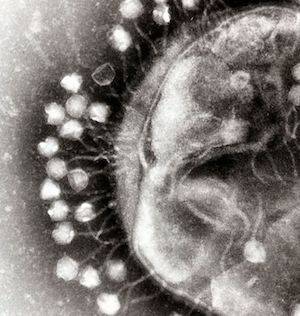
Bacteriophages attached to a bacterial cell, Dr. Graham Beards Bacteriophages infect bacteria, and they exist everywhere on Earth. These viruses are found in and on your person, and sometimes they’ve been placed there for good reason. Phage therapy has been used for decades to successfully treat bacterial infections. These guys can be used to target pathogenic bacteria and leave harmless bacteria well enough alone.
-
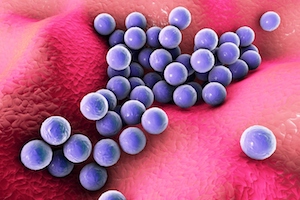
Staphylococcus, Shutterstock Staphylococcus bacteria cause harmful “staph infections” in those with weakened immune systems or untreated wounds, but are likely present on your skin and in your respiratory tract right now. Antibiotics can fight staph bacteria, but MRSA (Methicillin-resistant Staphylococcus aureus) is a special type that resists many treatments and causes a nasty infection.
-
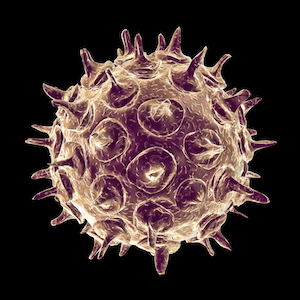
Varicella-zoster virus, Shutterstock Varicella-zoster viruses causes chickenpox and then sits dormant in your nerves. VSV, a type of herpes virus waits until you are weaker, and usually older, to reactivate and cause shingles.
-
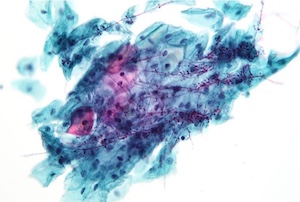
Candida spores, Wikimedia Commons Candida fungi exist commonly in your intestinal tract as well as in the outside world. These yeasts are harmless unless they overgrow causing Candidiasis. Candidiasis is called “thrush” when it affects the mouth and “yeast infection” in the female reproductive system. Candida yeast aren’t the types used to make wine, but they can sneak in on grapes and spoil a batch. It is recommended that you abstain from spirits if you are experiencing Candidiasis as wine and beer can exacerbate the infection.